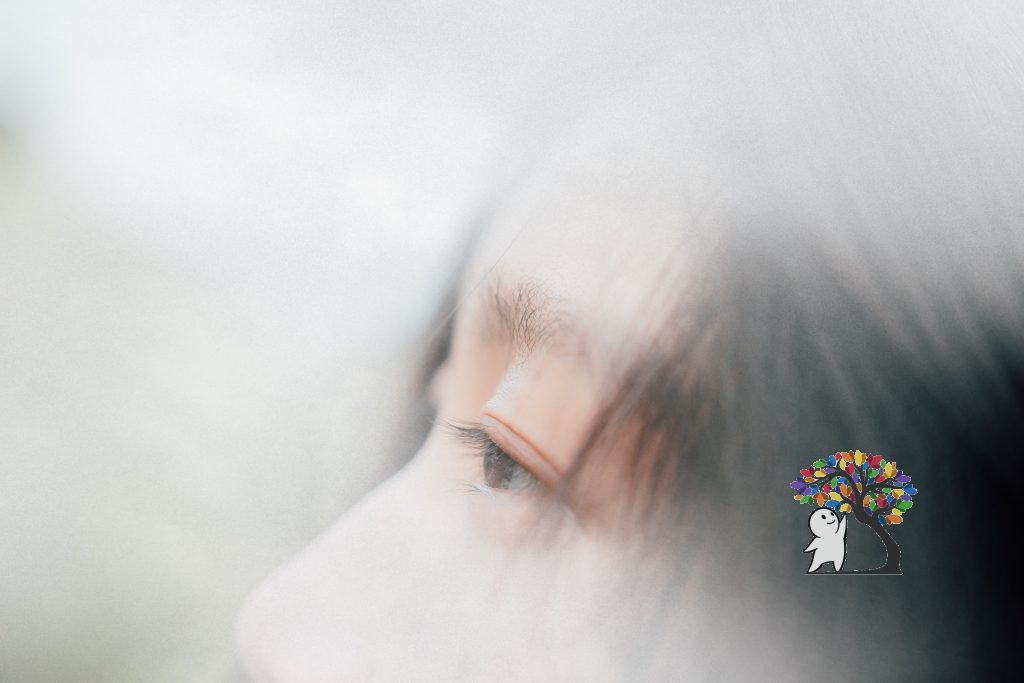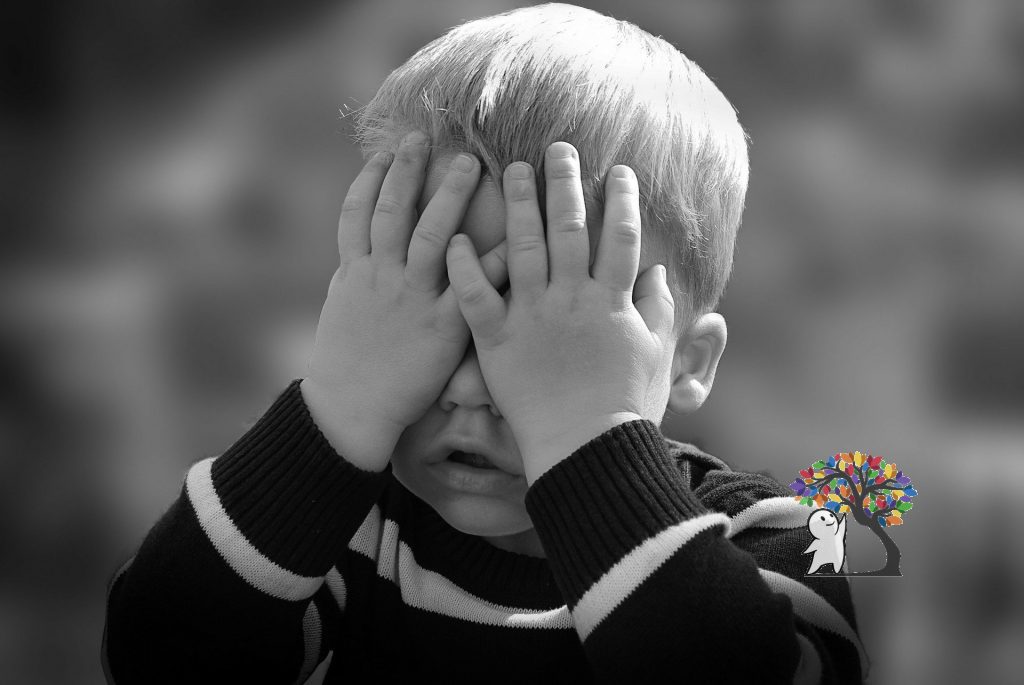7 Reasons Why Depression is Getting More Common

7 Reasons Why Depression is Getting More Common
According to the World Health Organization (2019), depression is defined as a mental disorder that results in a lasting sadness, loss of interest in activities that usually bring joy, alongside the lack of motivation to perform daily tasks. It is also often linked with suicide and anxiety disorders. It is also stated that “an estimate of more than 300 million people of all ages suffer from depression, and is the leading cause of disability worldwide” (World Health Organization 2019). Welch (2017) reports that there has been a 4.5% increase in adolescents’ reports of having symptoms of depression. In this article, I will be sharing 7 reasons why depression is getting more common in our society.
1. Prevalence of Mental Health Awareness
In the society we live in today, mental health awareness is becoming increasingly prevalent. Comparing to 20 years ago, the topic of mental health could still be more stigmatized. By having more awareness on mental disorders such as depression, people have started to become more self-aware and notice that mental disorders are important health issues that have to be acknowledged. As awareness increases, it can also lead people into feeling that depression is becoming more common.
In fact, there is a Mental Health Awareness Day that is on the 10th of October every year to increase awareness of the importance of mental health. This occasion was first observed in 1992, founded by Deputy Secretary General Richard Hunter (World Federation for Mental Health 2019).
2. Changes in Media Representation
Similar to mental health awareness, the change in representation of depression in the media can also be a reason why depression is getting more common. Media portrayal of depression today has changed a lot as compared to the past. There is more media portrayal of depression in the media content that we consume. Based on the cultivation theory mentioned by Potter (2014) which is the cultivation of attitudes from the exposure of media content, change in the media narrative of depression and mental health through proper representation, opens a potential change in attitudes and perceptions towards depression.
The role that the media plays in raising awareness and educating, lies in its ability to influence the people’s perception of mental health. With the media acknowledging that mental health is becoming a health issue, there can be gradual acceptance of the public through media content. Thus, more media portrayal of depression can also be a reason why depression is getting more common.
3. Less Stigmatization
Similar to the point above, more awareness of the importance of mental health would generally lead to more discourse on the topic. “Internalized stigma occurs when an individual recognizes and applies public stigma to themselves, based on their membership in the stigmatized group” (Sheehan et al. 2017). The stigma of mental disorders has existed for generations and can sometimes prevent a person from seeking the help they require as they may fear discrimination or stereotype.
As mental disorders are acknowledged more as a health issue, the stigma of mental disorders would gradually reduce because more people are able to learn and understand the importance of mental health. As awareness on mental disorders become more prevalent, a reduce in stigma and stereotypes would also encourage people who suffer to seek professional help. Depression being one of the more prevalent disorders, could potentially result in it becoming more common as well.
4. More Discourse
With mental health being more recognized as a global health issue that can affect anybody, there will eventually be more discourse on the topic of depression and other mental disorders. People are also able to gain basic knowledge on the various factors and aspects of depression so that there is more understanding of the topic. As more and more people talking about the importance of mental health, the topic on depression will appear to be more common as well.
5. Broader Research
As mentioned earlier about the increasing rates of depression in people over the years, mental health as a critical issue will spark more research in the respective fields. More experiments comparing between different variables and research questions to explore, would broaden existing research and increase the current pool of knowledge. As research broadens further, there will be more resources for people to learn about mental disorders.
For example, an article by Baune (2009) reports of a study conducted to research on the relationship between stress and depression and states that an individual is likely to develop not only depression but is also more prone to falling sick when subjected to high levels of stress. This compares the correlation between stress and the risk of developing depression. With more research available to study, it can be a reason why the topic on depression is becoming more common.
6. Social Media
A study by Aalbers et al. (2019) examined the relationship between Passive Social Media Use (PSMU) and the symptoms of depression. The findings showed that individuals who spent more time passively using social media, had experienced higher levels of inferior feelings, loneliness, hopelessness and depressed mood.
With social media being a daily activity for most people, what they view on social media may affect their expectations and perceptions of certain things. As many posts on social media tend to focus on the positive aspects of a person’s life, viewers may start finding small comparisons between themselves and to the person they engage with on social media. These small comparisons often warp the perceptions of people into possibly feeling inferior about themselves. These feelings of inferiority may manifest into potential symptoms of depression.
7. Bullying/Cyberbullying
According to Junoven et al. (2008), no less than 72% of youths aged 12 to 17 years old living in the US encounter cyberbullying activity. Bullying in any aspect can have adverse effects on a person’s mental well-being (Nilan et al. 2015).
In today’s digital age, bullying has evolved. For example, in a school environment, physical bullying can be stopped when the victim reports the bully. However, cyberbullying has the ability to carry on even outside of a school environment and is most likely anonymous. Receiving hateful comments can significantly harm a person’s mental well-being. With social media being commonly used, it can be one of the reasons why depression is getting more common.

Summary
With mental disorders such as depression becoming more common in society, it is important to know how to recognize these symptoms and to know when to seek professional help. Mental wellness is important for all of us. Having a mental disorder does not dehumanize us and the stigma of mental disorders should be reduced as it is a critical barrier preventing people from engaging the help they need.
According to Ellis (2008), the media has the power to both conceal and shed light on important issues that offer critical insights of how people with mental disorders are presented by visual media. As media representation and narrative becomes slowly redefined, the mindsets and perceptions of the people can gradually change to become more accepting.
References
Aalbers, George, Richard J. McNally, Alexandre Heeren, Sanne de Wit, and Eiko I. Fried. 2019. “Social Media And Depression Symptoms: A Network Perspective.”. Journal Of Experimental Psychology: General 148 (8): 1454-1462.
Baune, Bernhard. 2009. “Conceptual Challenges Of A Tentative Model Of Stress-Induced Depression”. Plos ONE 4 (1): e4266.
Ellis, K. (2008). Beyond the Aww Factor: Human interest Profiles of Paralympians and the media navigation of physical difference and social stigma.
Juvonen, Jaana, and Elisheva F. Gross. 2008. “Extending the School Grounds? – Bullying Experiences In Cyberspace”. Journal of School Health 78 (9): 496-505.
Nilan, Pam, Haley Burgess, Mitchell Hobbs, Steven Threadgold, and Wendy Alexander. 2015. “Youth, Social Media, And Cyberbullying Among Australian Youth: “Sick Friends””. Social Media + Society 1 (2)
Potter, W. J. (2014). A Critical Analysis of Cultivation Theory. Journal of Communication, 64(6), 1015-1036. doi:10.1111/jcom.12128
Sheehan, Lindsay, Rachel Dubke, and Patrick W. Corrigan. 2017. “The Specificity Of Public Stigma: A Comparison Of Suicide And Depression-Related Stigma”. Psychiatry Research 256: 40-45.
Welch, Ashley. 2019. “Depression, Anxiety, Suicide Increase In Teens And Young Adults, Study Finds”. Cbsnews.Com. https://www.cbsnews.com/news/suicide-depression-anxiety-mental-health-issues-increase-teens-young-adults/.
“What is Depression”. 2019. World Health Organization. https://www.who.int/mental_health/management/depression/en/.
“World Mental Health Day History”. 2019. World Federation For Mental Health. https://wfmh.global/world-mental-health-day/.





Responses